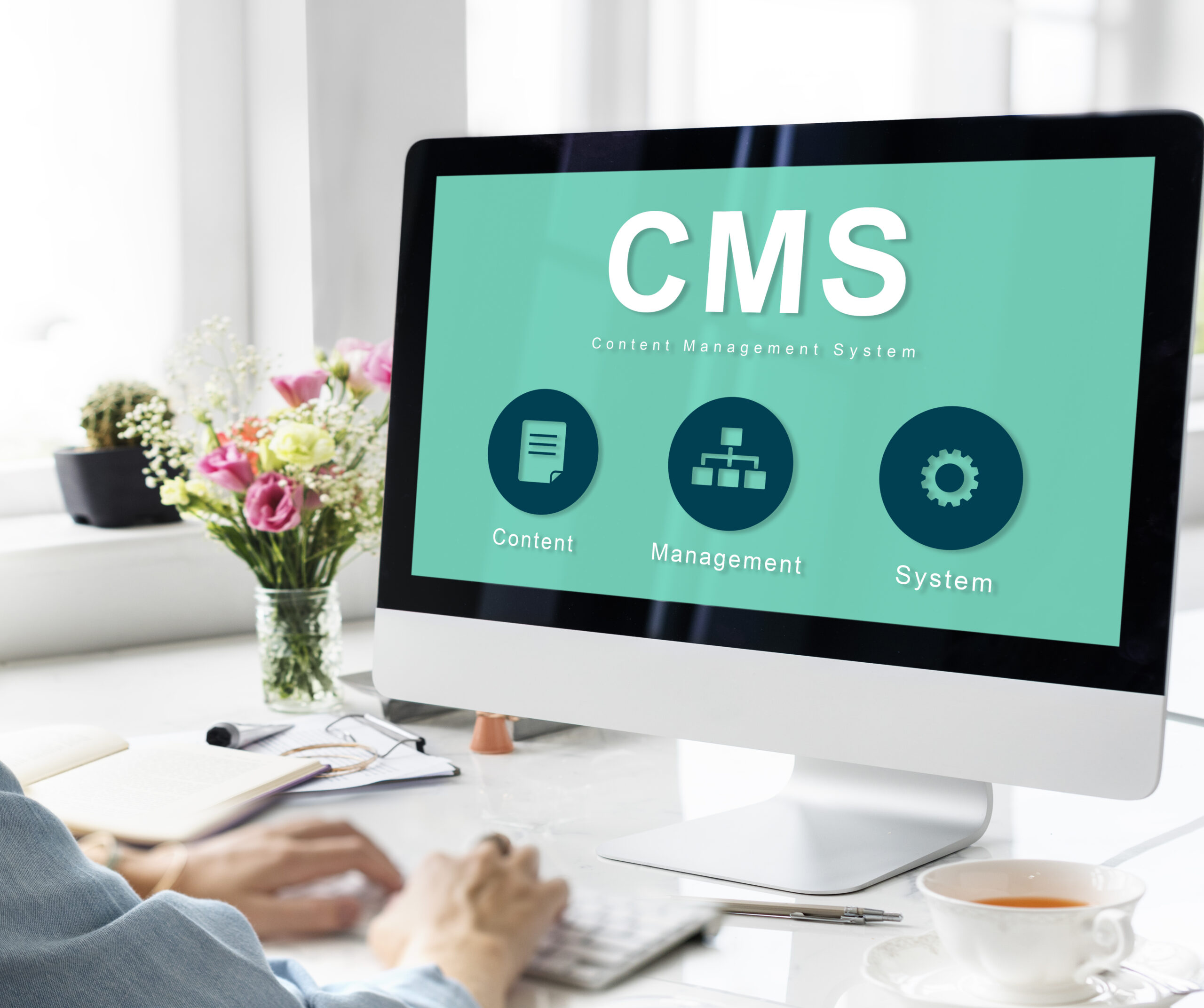In the world of Durable Medical Equipment (DME), compliance isn’t just about products or billing—it starts with your people. Employee records play a central role in meeting DME accreditation standards and avoiding delays with Medicare, Medicaid, or commercial payers.
Properly maintained HR files are not just a best practice—they’re a mandatory part of DME compliance enforced by accrediting bodies and regulatory agencies. This guide covers everything DME providers need to know to build, manage, and audit their HR files to remain accreditation-ready and legally protected.
Why HR Documentation Matters in DME Compliance
Each employee’s file acts as a chronological record of their qualifications, training, conduct, and contributions. From onboarding to separation, the documentation you maintain helps:
- Prove regulatory compliance during audits and surveys
- Support safe patient care by ensuring qualified personnel
- Prevent claim denials due to unqualified or unvetted staff
- Protect your organization during legal or payer investigations
Failing to meet HR documentation standards can result in licensing delays, claim holds, or accreditation deficiencies—especially during startup or renewal processes.
Required Contents of a DME Employee File
To meet the expectations of DME accreditation organizations, HR files must include the following:
- Job descriptions with signed acknowledgment
- Orientation checklists and onboarding forms
- Licenses and certifications (if applicable)
- Background checks and quarterly screenings
- HIPAA, OSHA, and infection control training logs
- Annual evaluations and performance reviews
- Signed policy acknowledgments (Code of Conduct, Safety, Grievances, etc.)
These records must be maintained for all staff, including contracted personnel and vendors who interact with patients or equipment.
Routine Background Checks: A Critical Compliance Step
Background checks at the time of hire are no longer enough. Accrediting bodies now expect quarterly screenings to confirm ongoing eligibility for all employees.
Screenings should include:
- OIG Exclusion List
- SAM.gov (System for Award Management)
- National Sex Offender Registry
- PACER (Public Access to Court Electronic Records)
Missing these checks or failing to act on flagged results can put your organization at risk of civil monetary penalties, payer disqualification, or even loss of accreditation.
Balancing Risk Management With Performance Recognition
A complete HR file documents more than just violations or disciplinary action. It should also include:
- Positive performance evaluations
- Training completions and certificates
- Promotions, commendations, and awards
- Notes on professional development and coaching
This balance supports transparent communication and gives surveyors a full view of how your organization manages its workforce in alignment with regulatory standards.
Mandatory Education Modules for Accreditation
DME staff must complete and document annual training in core compliance areas, including:
- HIPAA
- Bloodborne Pathogens
- Infection Control
- Emergency Preparedness
- Fire Safety
- Fraud, Waste, and Abuse
- Cultural Diversity
- Patient Rights and Abuse Prevention
- Language and Communication Barriers
- Safety and Incident Reporting
Certificates of completion should be stored in the employee’s HR file and readily accessible during an audit or inspection.
Individual Credentialing & Licensing
Credentialing verifies that a healthcare professional meets state and federal standards to provide care. In the DME setting, this includes:
- Active state license
- DEA and CDS certificates (if applicable)
- Malpractice history and insurance face sheets
- Curriculum vitae and work history
- Hospital or facility privileges
- Telemedicine credentials (if offered)
Credentialing must be kept current, with all expirables tracked and renewed on schedule to prevent coverage gaps or denial of reimbursement.
Additional HR Documentation for DME Credentialing
Make sure you maintain or have access to:
- IRS Forms: I-9, W-4, W-9, 1099s
- Medicare PTAN, NPI, and Medicaid IDs
- CLIA Lab Enrollment documents (if applicable)
- NPDB (National Practitioner Data Bank) reporting details
- CAQH profiles with quarterly attestations
These records support commercial payer credentialing and Medicare enrollment requirements.
Final Thoughts
Building and maintaining compliant HR files isn’t optional—it’s a foundational requirement for DME providers who want to stay audit-ready, avoid claim denials, and pass accreditation reviews.
If you’re launching a DME startup or preparing for your next survey, ensuring that your employee files are complete, up to date, and easily accessible is one of the most important steps you can take.
With proper HR file management, your team stays qualified, your documentation stays organized, and your business stays compliant.






